
|
 |
Spa Business Handbook - Industry predictions

Industry insights

|
|
| Industry predictions
|

What’s to come in the year ahead? We ask industry experts how
they think this year will pan out and what will be the hottest trends...
|
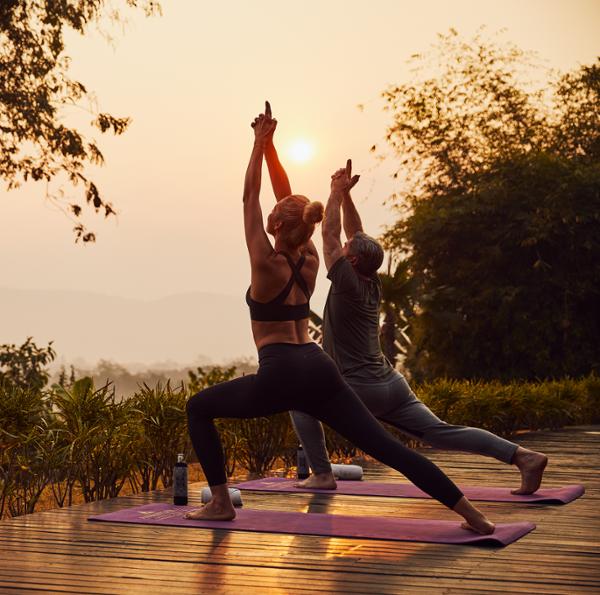
Yoga, meditation, mindfulness and energy work are all increasingly popular Minor hotels
|
|
Chunxia Gao Minor Hotels group director of spa & wellness – Asia
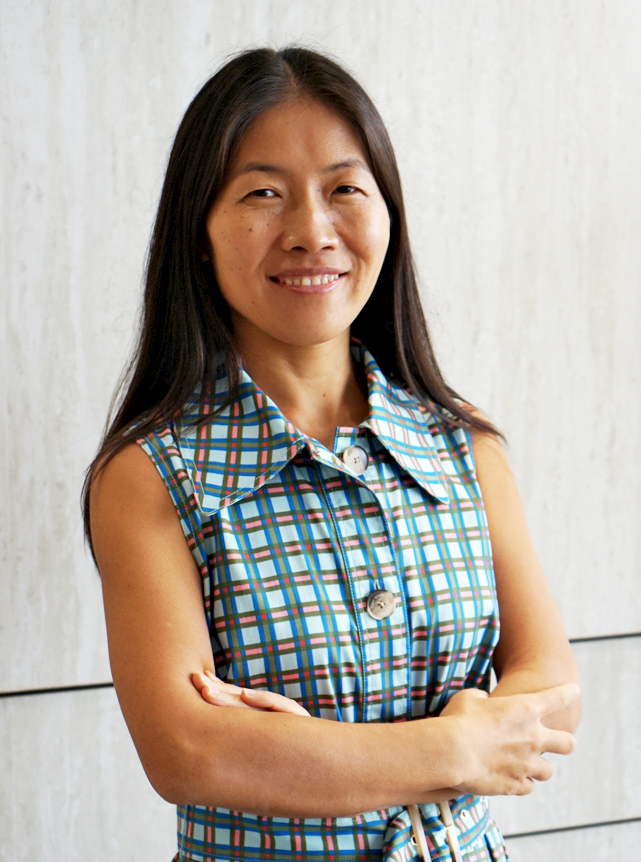
Chunxia Gao, Minor Hotels / minor hotels
Prevention and self-care go hand in hand and have become buzz words over the last few years. People are taking their health into their own hands. They are becoming more equipped and more open to trying new therapies and technologies to achieve personal goals or address concerns. More and more, guests can find IV therapies in luxury hotels and spas, not just medical clinics. The soothing environment of a spa combined with the expertise of medical professionals makes customers feel more comfortable and receptive to receive treatments like IV therapies for preventative care, such as the Immunity Drip, Beauty Booster, NAD, Energy, Detox and so on.
With a round-the-clock connectivity and a new culture of “work from anywhere,” there are increased levels of stress and in turn, an increased need to switch off and recover. Treatments related to mental wellbeing, sleep and brain health have become much more popular.
In Asia, we are also seeing the surge of CBD treatments and CBD-infused products in hotels and spas. CBD has been utilised in traditional medicine for centuries with wide ranging therapeutic benefits, including stress and anxiety reduction and better quality of sleep. Mindfulness is a big topic, too. Leisure guests are seeking to attend yoga, meditation and singing bowl classes, as well as energy work sessions. We are becoming more in tune with not only our physical body but also our energy body and this is something the tourism industry is responding to.
We are becoming more in tune with not only our physical body but also our energy body
Neil Markey Co-founder, Beckley Retreats
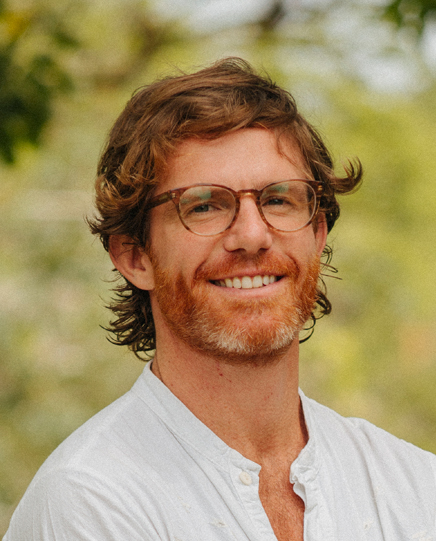
beckley retreats
Psychedelics, long stigmatised and illegal in most countries, are emerging as a promising tool for mental wellbeing. Studies have shown that substances such as psilocybin and MDMA can have profound and lasting effects on conditions such as depression, anxiety and PTSD. There is also exciting research that psychedelics can be used for the “benefit of the well”, increasing joy, creativity, empathy and sense of awe. As a result, many wellness practitioners are exploring the potential of incorporating psychedelics into their offerings.
Spas, with their focus on relaxation and rejuvenation, are particularly well-suited for psychedelics. Controlled, guided psychedelic experiences can help individuals explore their emotions and perceptions in a safe and supportive environment, leading to greater self-awareness, insight and healing. By combining the healing properties of psychedelics with the physical and mental benefits of traditional spa treatments, individuals can experience a more holistic approach to wellness.
While the use of psychedelics in a spa setting is still largely in the experimental stage, the future looks promising. In some places, such as the Netherlands, psychedelic-assisted therapy is already legal and available through specialised clinics. As more research is conducted and public perception shifts, it’s possible that psychedelic therapy could become more widely available and accepted. These compounds are powerful though, and any spas should look for well-established and trusted partners to support the implementation. This could provide an innovative approach to holistic wellbeing, helping individuals achieve greater balance, clarity and peace of mind.
Controlled, guided psychedelic experiences can help individuals explore their emotions and perceptions
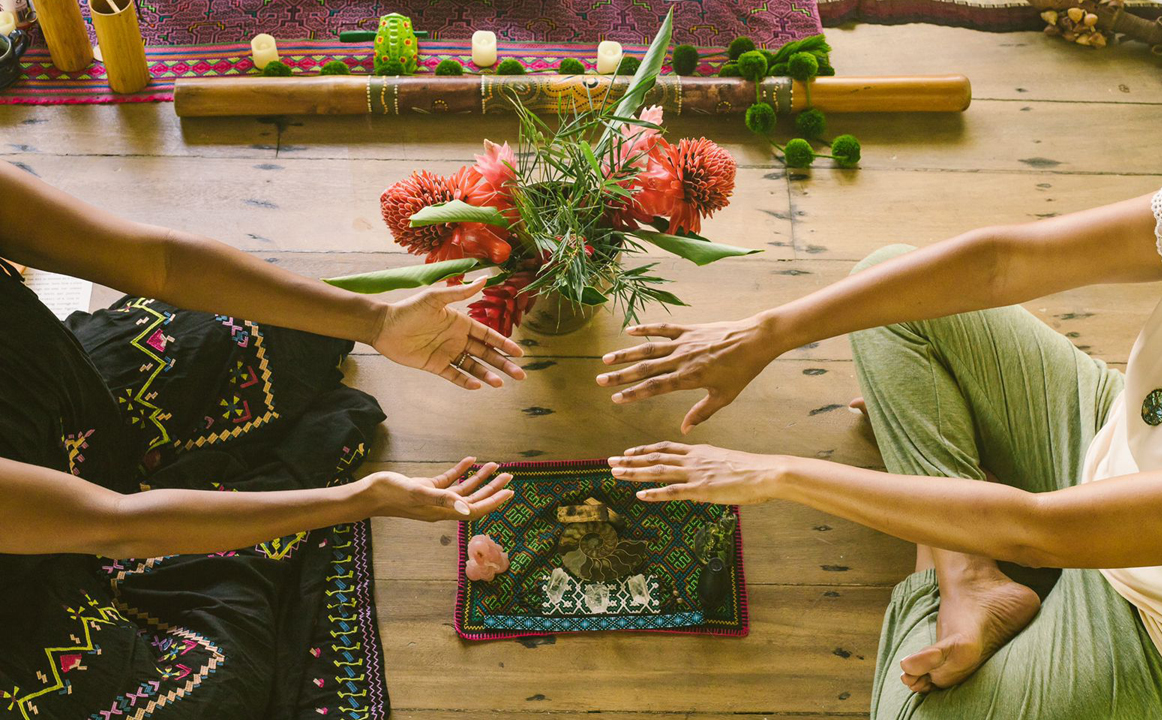
In some places, psychedelic-assisted therapy is already legal / beckley retreats
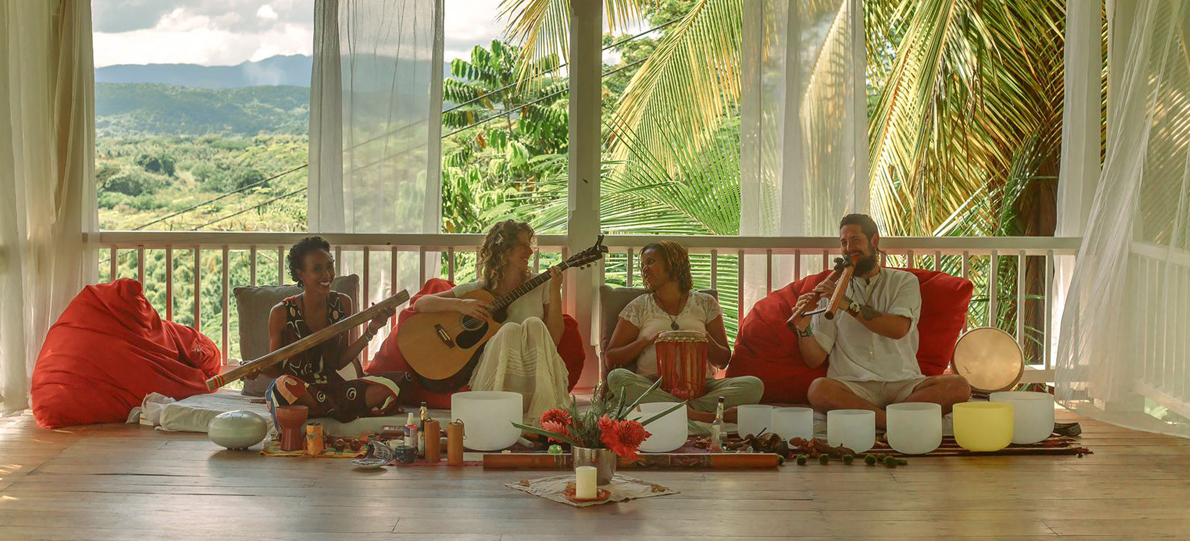
Psychedelic therapy could become more widely available / beckley retreats
Dr Nicola Finley, MD

Dr Nicola Finley
Wellness is an active approach of addressing the whole person –
body and mind. An important aspect of wellness includes medical perspectives for prevention or treatment. If a person’s medical history is not fully explored during their wellness quest, then an integral part of their optimal health will be missing
The cornerstone of integrating medicine and wellness is to create a personalised team to support each client’s wellness journey. The team’s collaboration entails that each wellness professional has a voice in creating a customised plan for each client. The unique part of this framework is moving away from the traditional hierarchy of the medical clinician always being the leader of the team.
For those clients who embrace food as medicine, a nutritionist might take the lead. Other clients might place a high value on the many health benefits of exercise, so a fitness professional might direct their team. On the other hand, some clients may want a medical clinician or an energy-work therapist in charge. Regardless of who leads the team, the client determines their own personal focus without missing out on having medical input. Whether the client has a chronic medical condition or not, medical clinicians can offer valuable expertise in the spa setting.
An important aspect of wellness
includes medical perspectives

A personalised team can support each client’s journey / shutterstock/Microgen
Amy McDonald CEO & founder, Under A Tree Health & Wellness Consulting

marion kaufer
Social connection continues to be at the heart of wellness projects, with spaces being designed to intentionally bring people together in a celebratory, sharing, creative way. Recently, the Global Wellness Institute wrote about a related “sub-trend” in the form of new techniques, models and therapies that are focused on active listening, compassion and empathy. This return to heart-centered communication is desperately needed in the wake of COVID-19 and the havoc it wreaked on our mental health and our ways of interacting with one another. This desire for meaningful connection is showing up not only in the design of our built spaces, but also in wellness programming in the form of group therapies, activities and retreats. Communal experiences, recovery lounges, urban bathhouses and social wellness clubs such as Remedy Place and Soho House are replacing high-priced, traditional spa treatments. Not that everyone doesn’t love and benefit from a great massage, but when it comes to seeking out meaningful wellness experiences regularly, people want to be with other people.
When it comes to wellness experiences, people want to be with other people
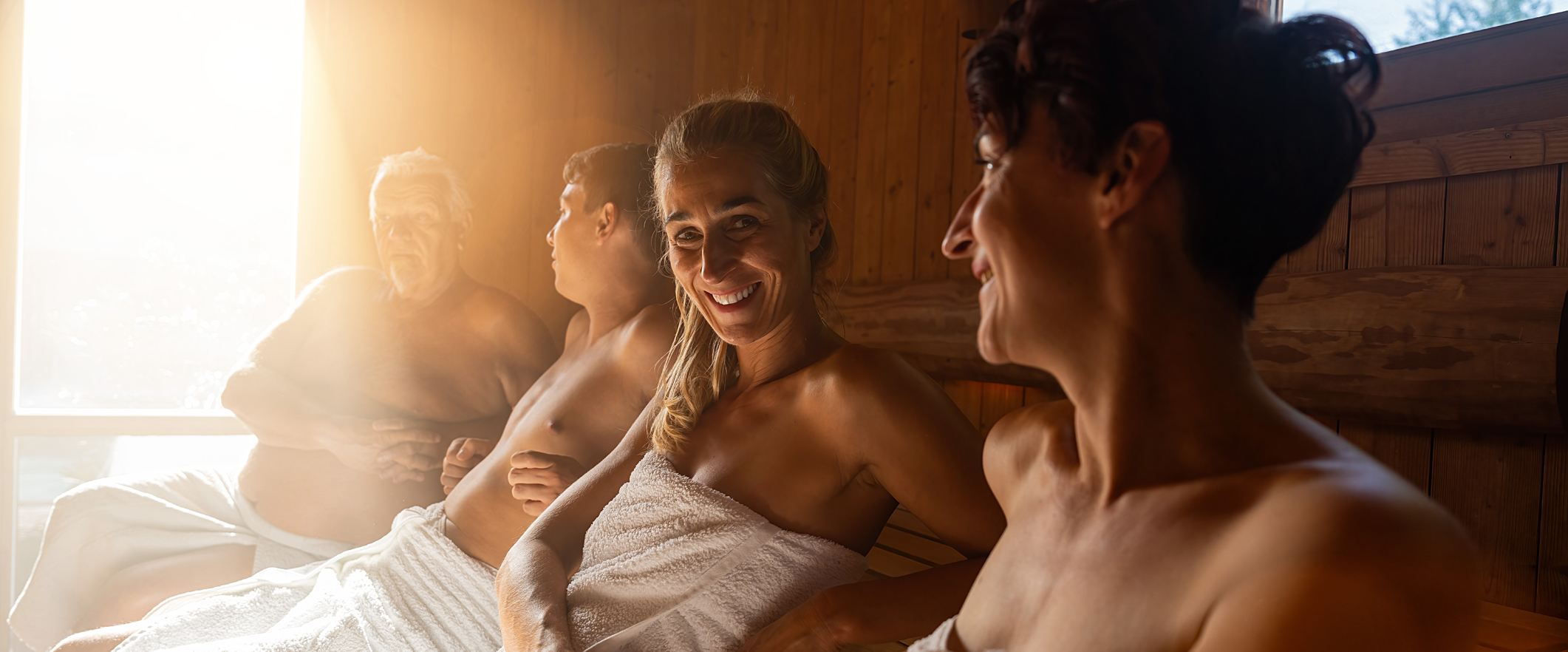
Communal experiences are growing in popularity / shutterstock/r.classen
Tammy Pahel VP of spa & wellness at Carillon Miami Wellness Resort and chief wellness officer at Alchemy Wellness Resort
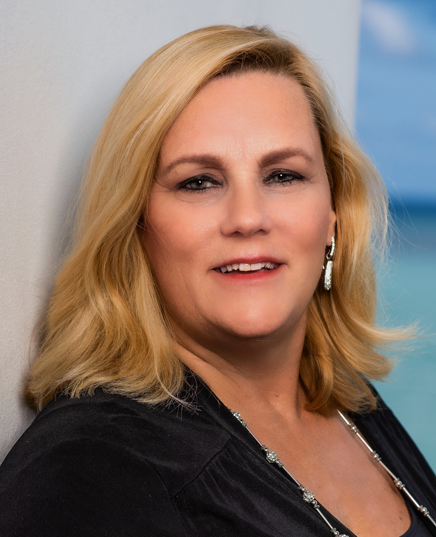
Carillon Miami Wellness Resort
The healing traditions of spas can be traced back to Roman times, but the future of the spa industry is unfolding right now, with the post-pandemic embrace of wellness and the continued development of touchless wellness technologies that deliver therapeutic healing for the body, mind and soul at a minimal distance.
In my role leading operations for Carillon Miami Wellness Resort, one of the largest spa and wellness facilities on the Eastern Seaboard, I have seen the popularity of touchless technologies play out in real-time. In 2020, when we began offering touchless treatments, the technologies brought in revenues of less than US$70,000 (€63,700, £59,600). In 2021, as pandemic-related government restrictions on spa treatments eased and more people discovered Carillon as a destination for touchless innovation, those revenues went up by half. And in 2022, we saw revenues from touchless wellness technologies climb to almost US$300,000 (€273,000, £232,500).
The response was so positive that this year we introduced six new touchless offerings, two of which are focused on mental wellness, an increased area of focus both at Carillon and in the larger wellness community. The cutting-edge BioCharger NG platform boosts mental health through energy transmissions that stimulate and invigorate the entire body, and the award-winning MindSpa booth creates an immersive, mind-clearing effect to heighten focus and perception while reducing stress. While such technologies will never fully replace hands-on therapies that are integral to the spa experience, for clients seeking innovative ways to effectively address their mental and physical wellness, they’re just the right touch.
The future of the spa industry is unfolding right now
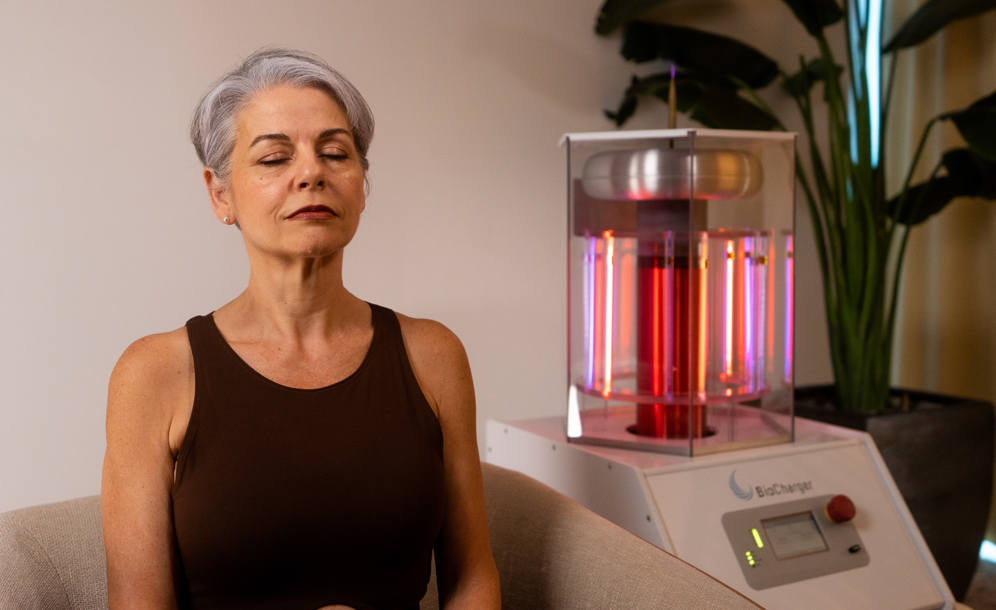
Mental wellness is an increasing area of focus / Carillon Miami Wellness Resort
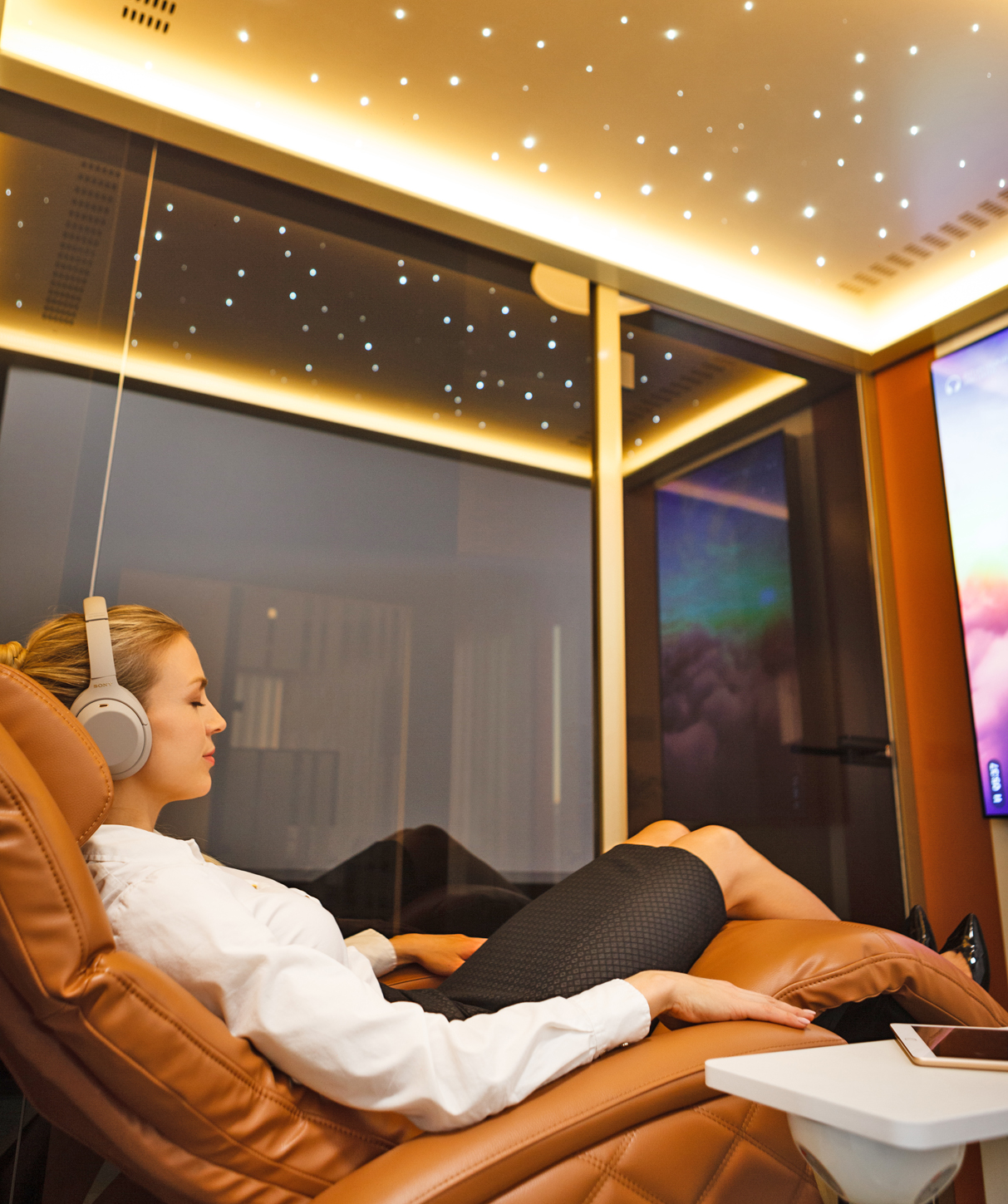
Carillon Miami Wellness Resort
Tracy Lee President & founder, TLee Spas + Wellness
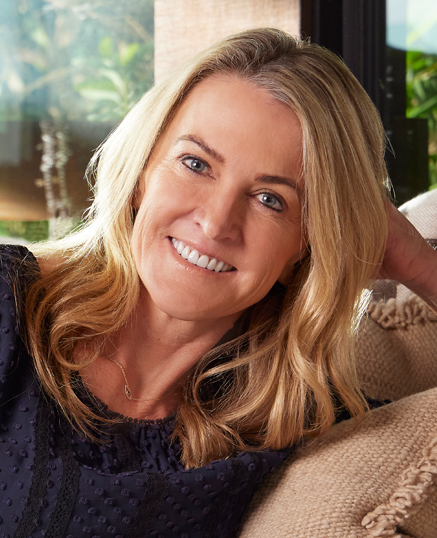
noah webb
For those taking a proactive approach to wellness, the spa is a vehicle to balance optimal performance with recovery, restoration and regeneration. Most of the spa environments we create cater to a “work hard, play hard” mentality, with offerings geared toward recovery from heavy training and active pursuits, including contrast bathing and technology-based biohacking such as LED light and cryotherapy.
At Halehouse Spa at Stanly Ranch in California, highly customised wellness programmes are designed to improve performance and recovery. Situated at the spa’s core, the Springhouse Circuit is a series of hot and cold contrast experiences and technology boosts designed to activate the body’s natural healing processes. The spa features a hyperbaric oxygen chamber and salt inhalation room, after which guests can shift into a restorative sauna session, bodywork, or skincare services.
Sound healing is gaining awareness, with an influx of environments, equipment and intentional music to reset the brain through acoustic and vibrational therapy and, in general, to create positive, healing outcomes. Integrated with a high-tech recovery circuit involving cryotherapy and infrared treatments, a session at Equinox Hotel Hudson Yards in New York utilises a spa and harmonic resonance table, delivering vibro-acoustical therapy to help guests shift into deep rest mode, improving focus and mental clarity. The forward-thinking Savasana Sound Room, which launched in 2019 at Spa Alkemia at Zadun, a Ritz Carlton Reserve, in San Jose del Cabo, Mexico, harnesses the same underlying principles as the Wave Table, but in this case, the whole room is engineered for immersive sound therapy that resonates from the floor and walls throughout the entire body.
The spa is a vehicle to balance optimal performance with recovery, restoration and regeneration
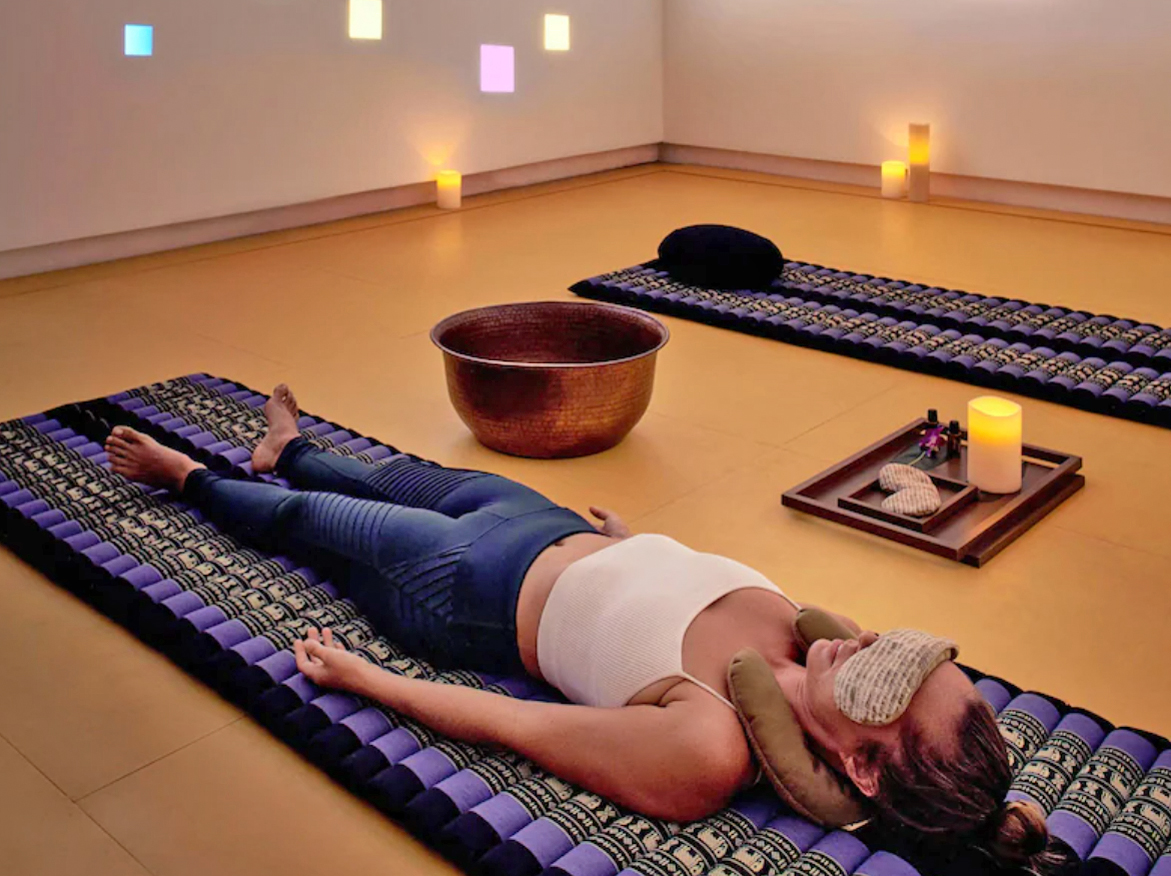
The Savasana Sound Room at Zadun, a Ritz-Carlton Reserve / zadun, a ritz-carlton reserve
Lahra Tatriele Chief wellness strategist, Alchemy Concepts and chair, GWI Wellness Architecture & Design Initiative

lahra tatriele
The COVID-19 pandemic disrupted economies, businesses and communities worldwide and shifted the ways in which people live, work and play. It brought health and wellness to the forefront, focusing not only on personal wellbeing but also on building wellness.
In recent years, we have seen a growing movement toward wellness architecture and design for the built environment. Evolving from green design, wellness architecture and design is a movement that is slowly becoming the norm. As defined by the Global Wellness Institute’s Wellness Architecture & Design Initiative, wellness architecture and design is a regenerative design approach that promotes health and wellness outcomes for people, the built environment and nature.
Designing for wellness is a global priority, imperative for keeping occupants healthy, safe and productive. Understanding elements such as air quality, light, sound and materials, among others, helps us to design in ways that deliver on health, sustainability, economic and spiritual outcomes for existing and future designs and environments. Wellness architecture & design reflects how humans interrelate with the environment and inversely, how the environment impacts human wellbeing. Our role as architects, designers, engineers, developers, investors and users is to create spaces where society can thrive – spaces that elevate and inspire the wellness of humanity and the planet.
Designing for wellness is a global priority
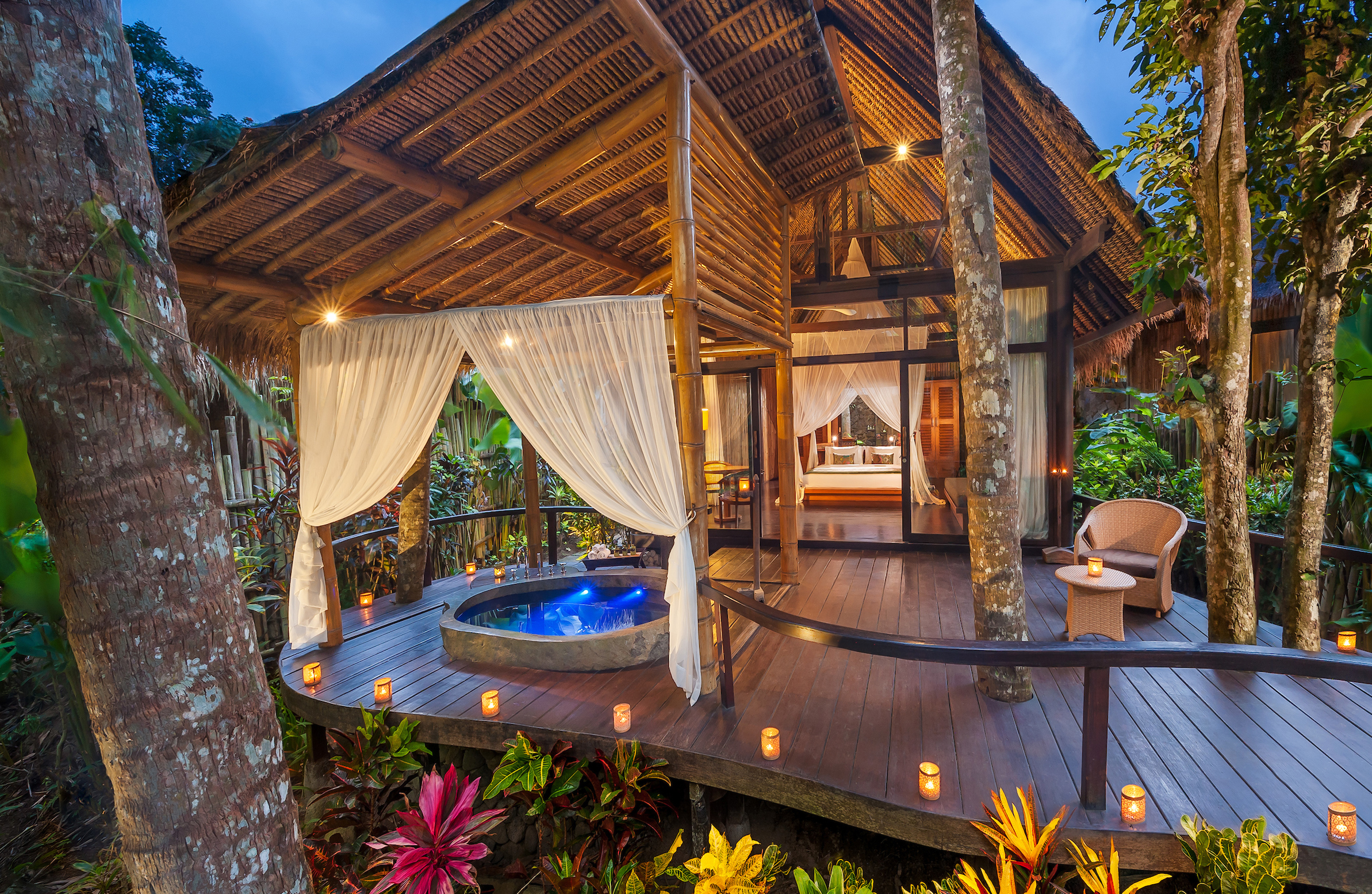
Air quality, light, sound and materials are all important considerations / Fivelements
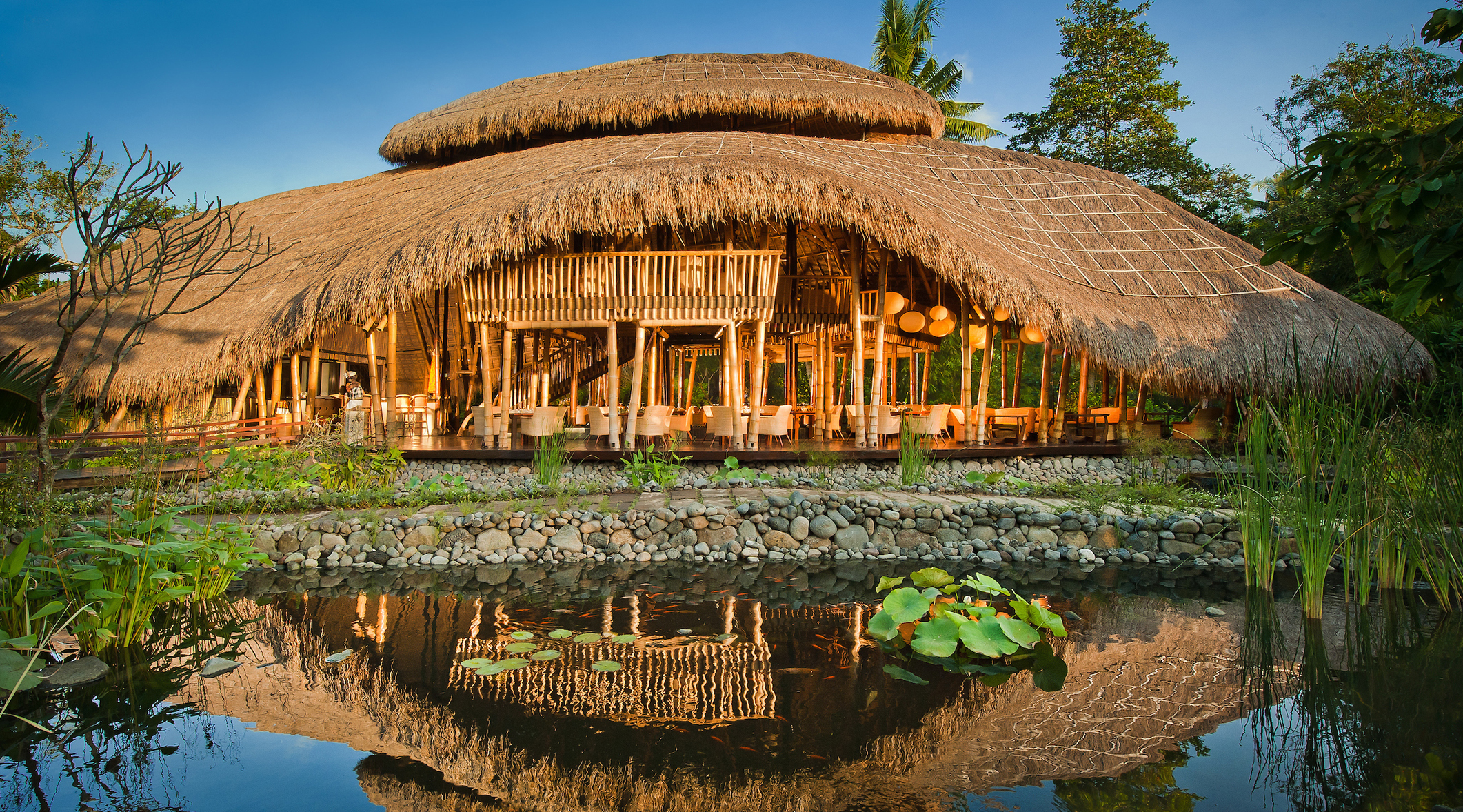
Wellness architecture and design has evolved from green design / fivelements
Janette Watts Founder, The Product House

Janette watts
The Middle East region has undergone its fair share of challenges since COVID; however, the potential for the area continues to be extremely promising. Over the last few decades, the wellness business in Dubai alone has grown from having less than 10 five-star spas in 2000, to having more than 200 in 2020.
Post-COVID, behaviour has shifted from pampering to wellbeing and overcoming the long-term effects of COVID. Wellbeing is now paramount in the minds of the consumer in the Middle East, as is the trend to live longer, yet healthier. The new wellbeing is to regain life balance and longevity.
The way in which spas and wellness facilities rely on education has also reached a catalyst; gone are the days when products can simply be left on shelves to sell themselves. Extensive visual marketing and training is vital for spas to succeed with the rise in e-commerce.
Another new development in the Middle East is the launch of CBD in the region. The traction for this has been enormous: the fastest uptake in our 20-plus-year history.
While it is still a demanding region in terms of registration and persistent new legislation, this territory no doubt will see some very impressive growth spheres. Saudi Arabia is predicted to have exemplary expansion in spa & wellness, with a promising future as changes in law are being brought about constantly – definitely a market to watch in the next decade!
Wellbeing is now paramount in the minds of the consumer in the Middle East
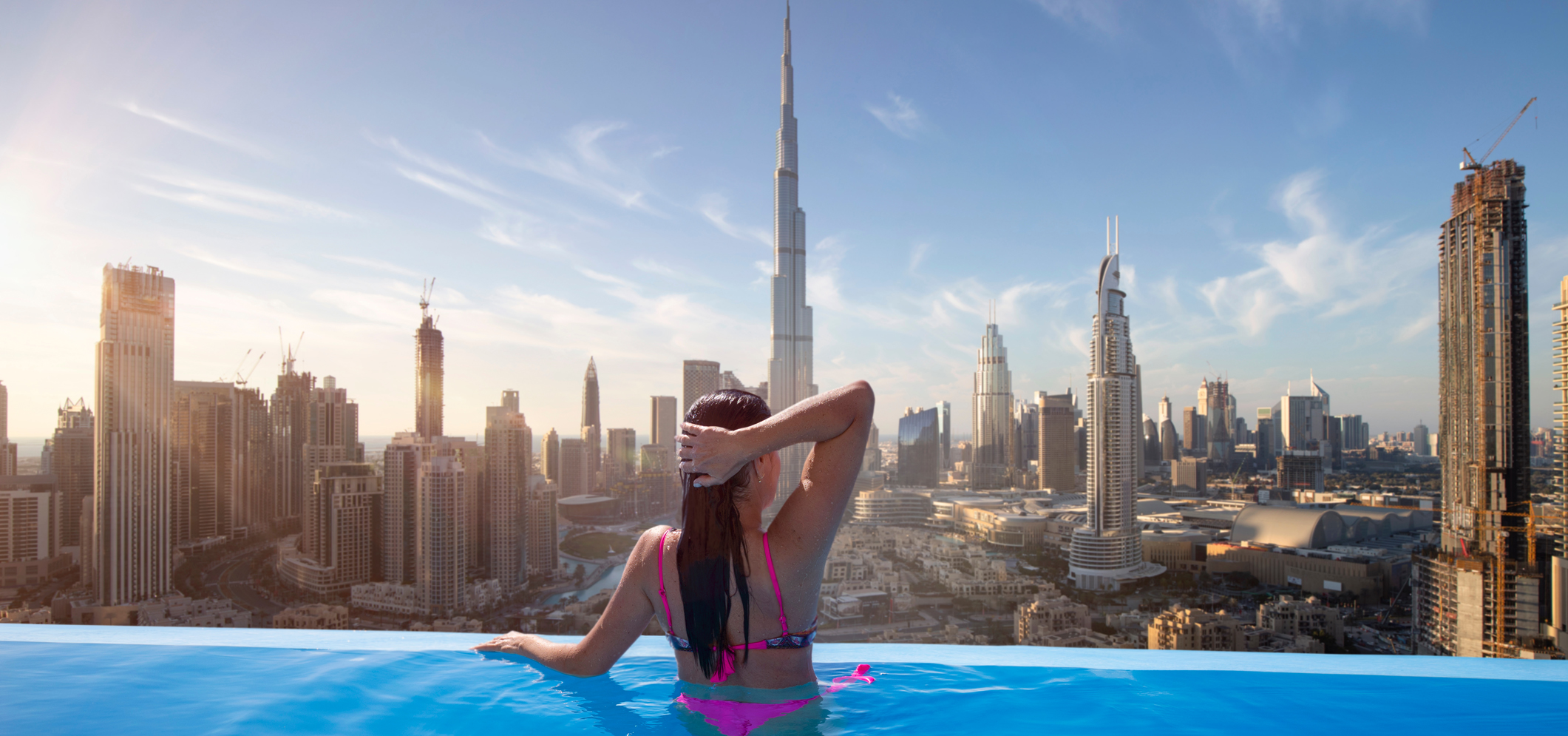
Dubai has gone from having less than 10 five-star spas in 2000 to having more than 200 in 2020 / shutterstock/Cara-Foto
Freddie Moross Managing director, Myndstream
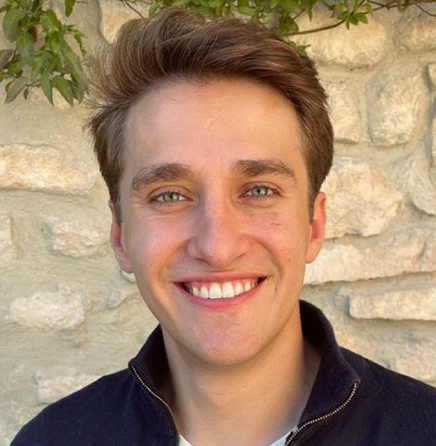
myndstream
Music has always been part of the traditional spa journey. Now – thanks to increasing consumer awareness about how music can powerfully improve health and wellbeing – music is becoming an even more important part of the experience.
Many consumers consider music a fundamental part of their approach to self-care, with a study from the British Academy of Sound Therapy showing 89 per cent of people believe music is essential for their health and wellbeing. This means creating an elevated audio experience within spas is critical to attracting business in 2023 and beyond.
Furthermore, the global pandemic drove more people to begin using music to improve wellbeing. I predict providing a choice of music for treatments and upselling customers to music curated or created for particular treatments will contribute to the growth of the wellness economy.
Encouragingly, studies are being conducted to help us better understand the impact of music designed for health and wellbeing. These are bringing together experts from the fields of health and wellness with leading wellbeing musicians such as Liquid Mind.
Looking ahead, creating and curating bespoke playlists for spa treatments will be critical to supporting customer demand for a more immersive audio experience.
Creating an elevated audio experience within spas is critical to attracting business in 2023 and beyond
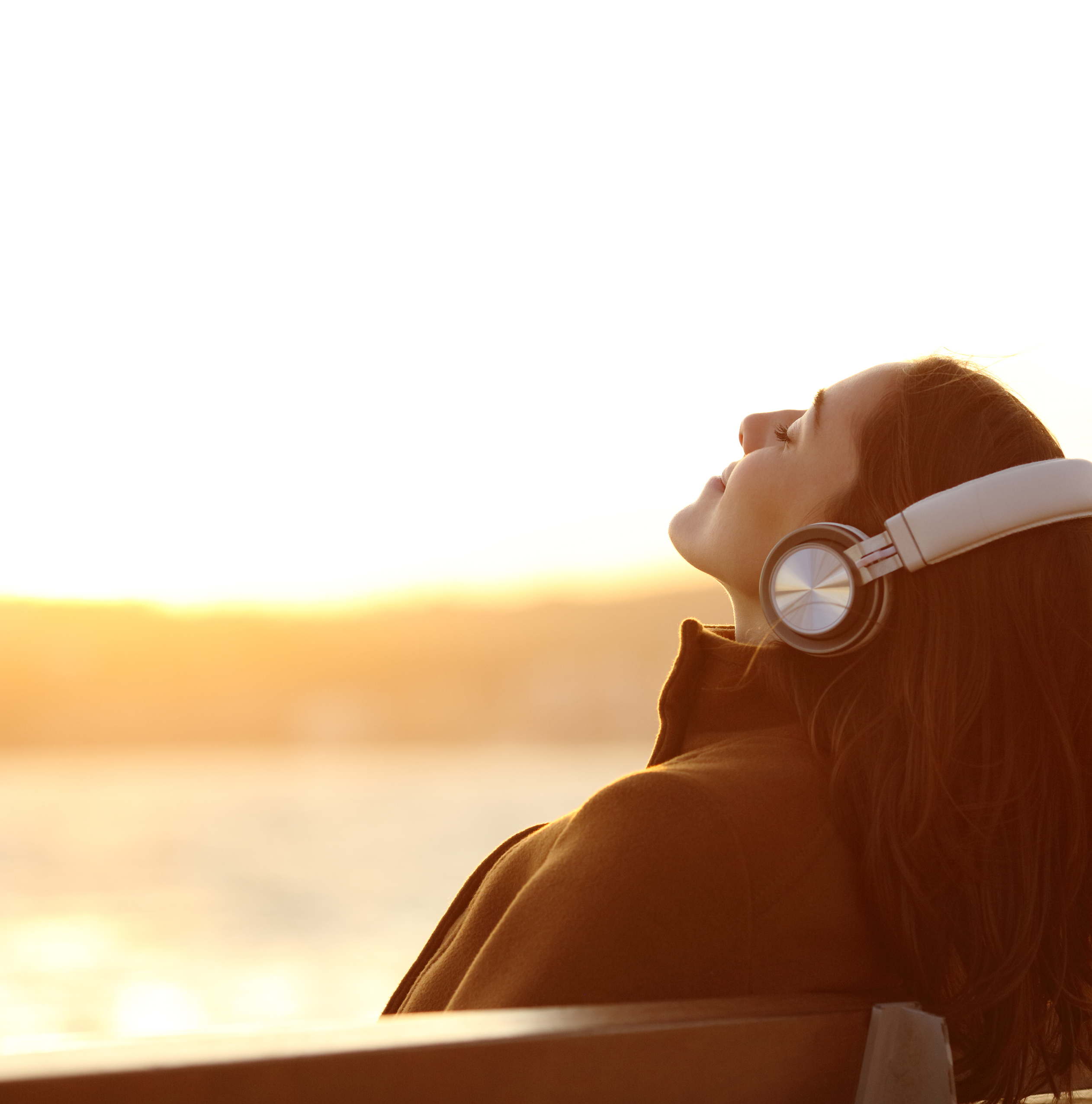
Many consumers consider music a fundamental part of their approach to self-care / shutterstock/Antonio Guillem
Alina Hernandez Wellness program designer & Gharieni advisory board member

Chris Paterson
The Age of the Integrative Spa Experience is here. Consider reworking the old spa “playbook” – and forgo thinking about a spa as a separate entity in the wellness space, instead reframing it in terms of how the experience feels and is delivered, integrally. Cue up purpose with the transformation economy, and we are in a new era of Sanitas per Aquas.
Meta post-pandemic consumer health and wellness data from 2022 informs us that consumers are looking at ‘Revenge Travel’ – taking a big, expensive trip after the lockdown years – and that when it comes to spa, they’re expecting multiple outcomes, long-term personal benefits and impact from their spend. That means spas need to go beyond services and treatments and think guest journey. Creative and sensory design needs to align with long-term behaviour change and operational realities to create unique opportunities to stand out from the crowd – your USP.
Nudging people to live a life of self-care in the spa & wellness experience, combined with outside-the-box programming, will engage people and keep them coming back. Cross-pollinate from other industries for big new ideas that engage wellness consumers and provide fertile ground for personal transformation to incubate. Look to trends in the culinary and visual arts that combine so well with social wellness – all delighting the guest with excitement and connection. Go beyond biohacking to evidence-based technology treatments and marry traditional offerings with these innovative approaches – and provide a big value proposition. Free the spa and be bold – let your imagination roam freely when thinking about spa, and be open to a whole new wellness experience ecosystem!
Free the spa and be bold
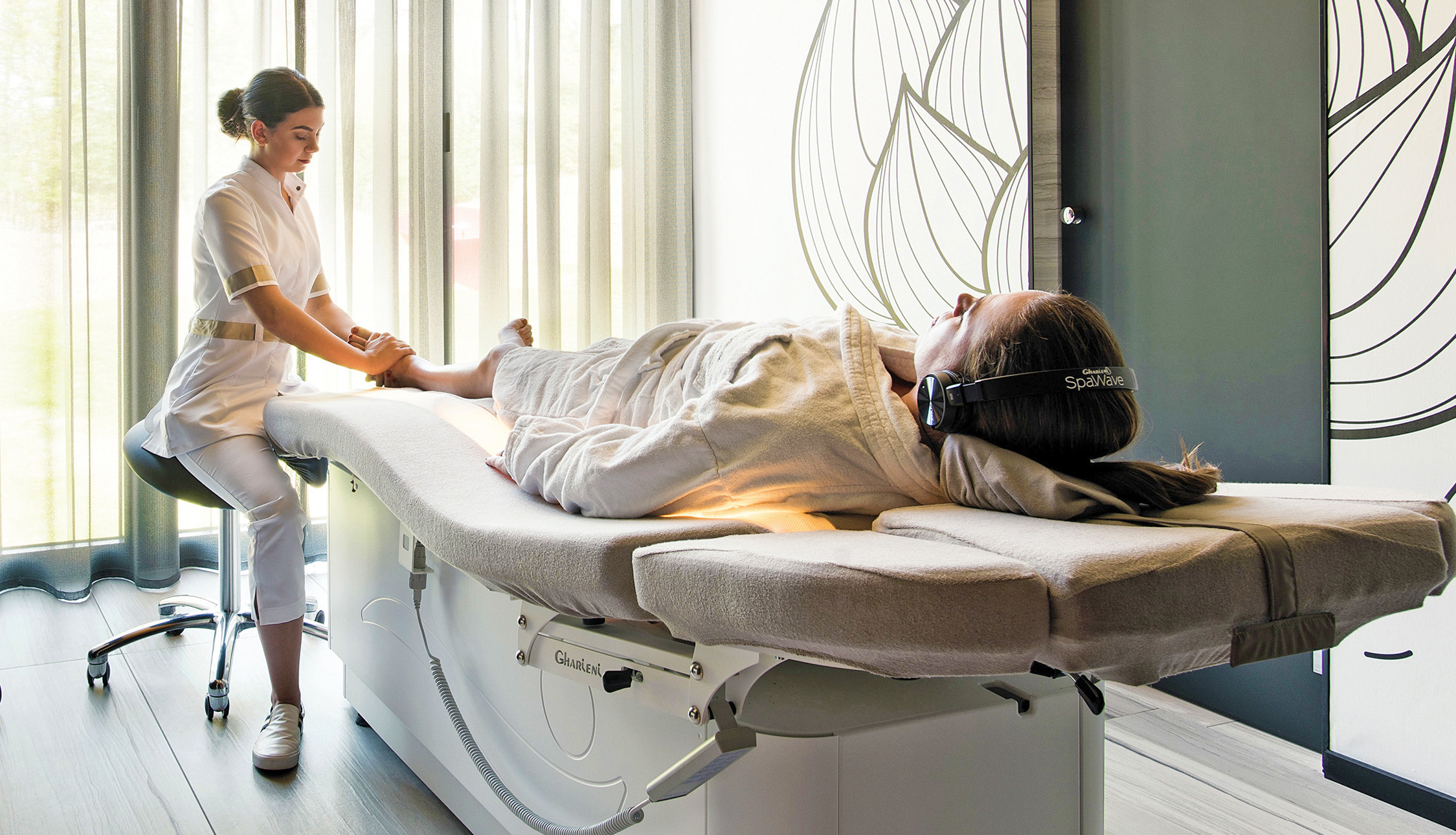
Spas need to think about the entire guest journey to stand out / gharieni
Robert Hammond President & chief strategy officer, Therme Group US
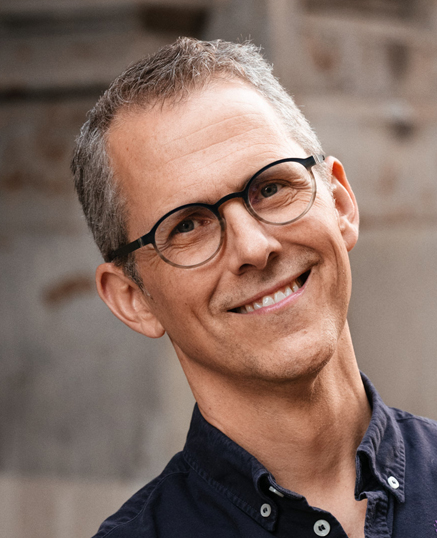
therme group
In the coming years, wellness – including spa services – will increasingly be viewed through the lens of equity. In fact, this movement is already underway. Free public yoga, aerobics and meditation classes have become commonplace in public parks. Public health officials have begun to consider greenspaces, walkable neighbourhoods and tree canopies as part of a network of important public health assets. This is wellness equity – the idea that all people deserve access to the benefits of preventative treatments.
This is not just the right thing to do, it is good for business, too. Traditionally, spas and other wellness facilities have offered relatively high-cost, labour-demanding services to a small number of clients. Massage, for instance, cannot be scaled. Wellness equity turns that business model on its head, offering affordable services at scale with a comparatively low staff-per-client ratio – think thermal baths, saunas and even automated treatments that can serve hundreds or even thousands simultaneously and realise economies of scale. Expect to see wellness at scale both in the public and private sector as Wellness Equity takes off.
Expect to see wellness at scale both in the public and private sector as wellness equity takes off
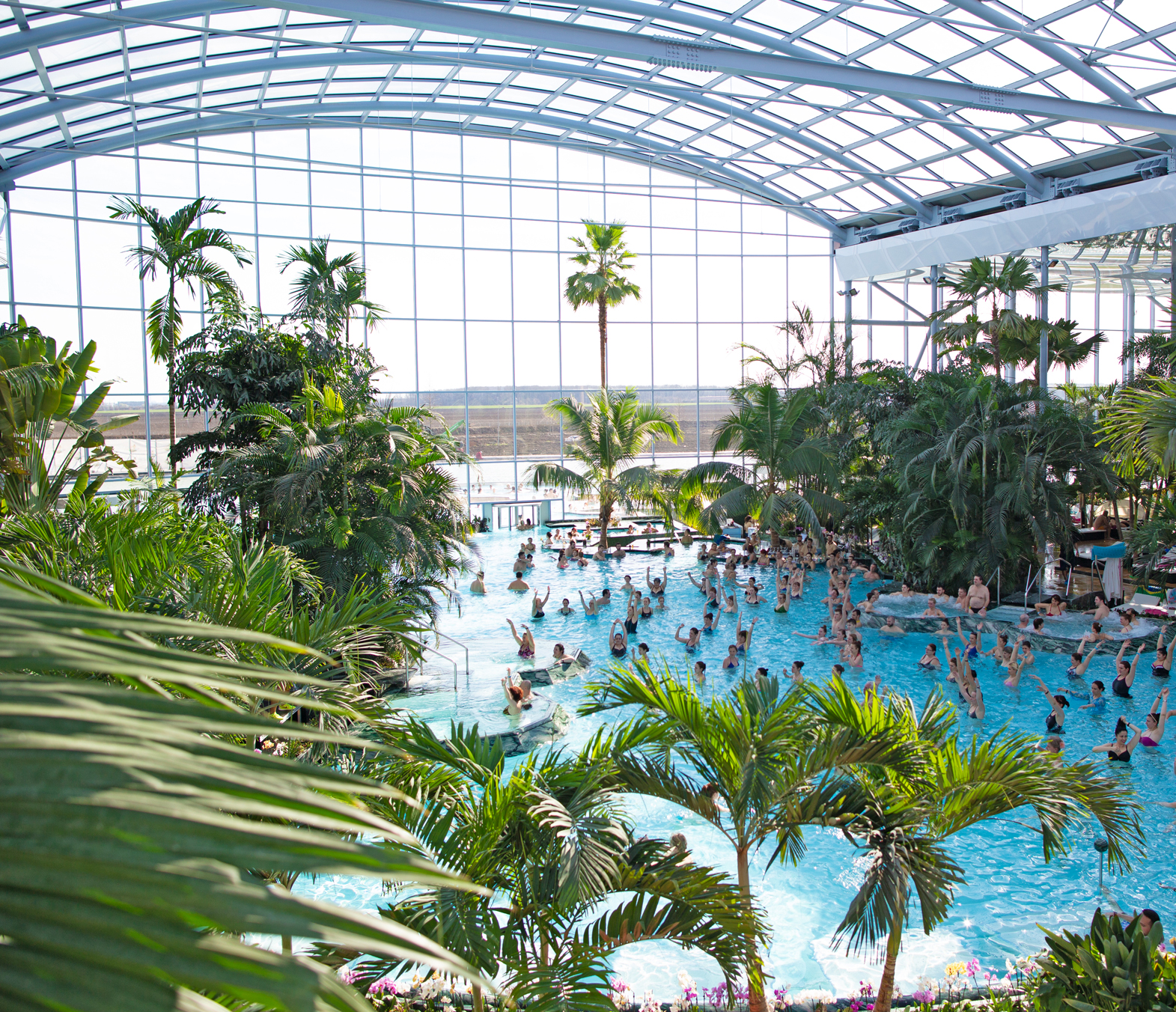
Wellness equity means affordable services at scale / therme group
Laszlo Puczko CEO and co-founder, HTWWLife

Laszlo Puczko
It appears that the wellness industry might have forgotten men. Most products, service providers and destinations target and communicate to women. Apart from grooming and smart fitness solutions, men do not feature often in the world of wellness.
ecent market intelligence, however, supports otherwise. According to the Wellness, Spas, Health and Travel 2030 survey, solo men have made it to the top three in terms of key target segments for wellness in the Middle East and in Asia. ISPA also suggests that men are more likely than women to choose body services (30 per cent compared with 24 per cent of women). Recent 2022 reports have shown that 49 per cent of spa-goers in the US are men, up from the 29 per cent of men using spas in 2005.
The HTWWLife team and a group of wellness, hospitality, leisure, healthcare and spa anchors from around the world came together to address the question of why men are featured far less in wellness communication and service design and why men’s voices are underrepresented in discussions about wellness. We interviewed men from more than 40 countries about their wellness-related habits, their understanding of wellness and their expectations from wellness. The findings of the explorative study, titled Wellness of Men/Wellness for Men, provide inspiring insights to many questions.
Four of the top five motivations for men that trigger them to look for wellness services are related to their energy level: being stressed and lacking energy seem to be the most important. Work-related stress influences 57 per cent of men surveyed significantly, and only 4 per cent stated that work is not a stress factor at all. Alarmingly, there is no age segment in which more than 50 per cent of respondents said that they sleep well. This exploratory survey also highlights some insightful details about how men think of wellness and the wide range of activities that make them well.
Men’s partners play a critical role in influencing how men think of wellness and what activities they may engage in. Partners’ wellness-improving practices, programmes and services may reach men as well. To achieve this, however, the industry needs to revisit its past and current ways of presenting and communicating wellness and how whatever they sell can make men more well.
Men are often interested in the actual benefits of doing something for wellness rather than just the labels. They typically seek relaxation through music. How do wellness, hospitality and spa providers take this habit into consideration in their service design and delivery?
Men are open to learn about and try new ideas that can make them feel better – at home as well as during travel. Every third man in our survey suggested that he would look for wellness options during his travels. This proactive approach is no doubt the manifestation of the increased interest in their own health post-COVID. It is worth noting that more and more men indicate interest in getting engaged in wellness services during travel for the first time. We are observing a paradigm shift in wellness: get ready, men are coming!
More and more men indicate interest in getting engaged in wellness services during travel
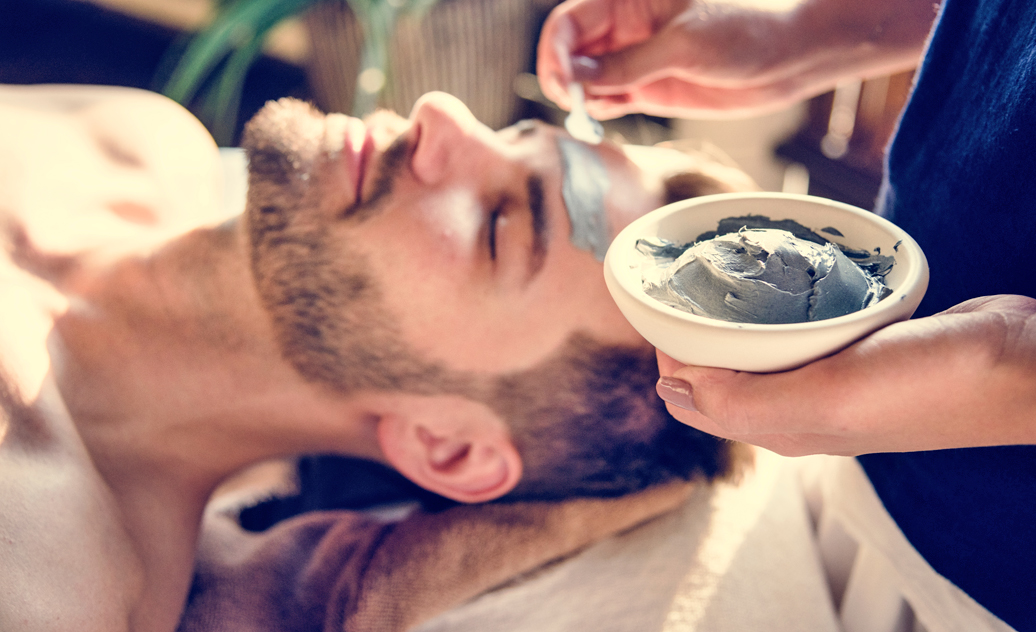
Recent data shows the number of men going to spas is growing / shutterstock/Rawpixel.com
|
|
 |
| Originally published in Spa Business Handbook 2023 edition
|
|
 |
|
